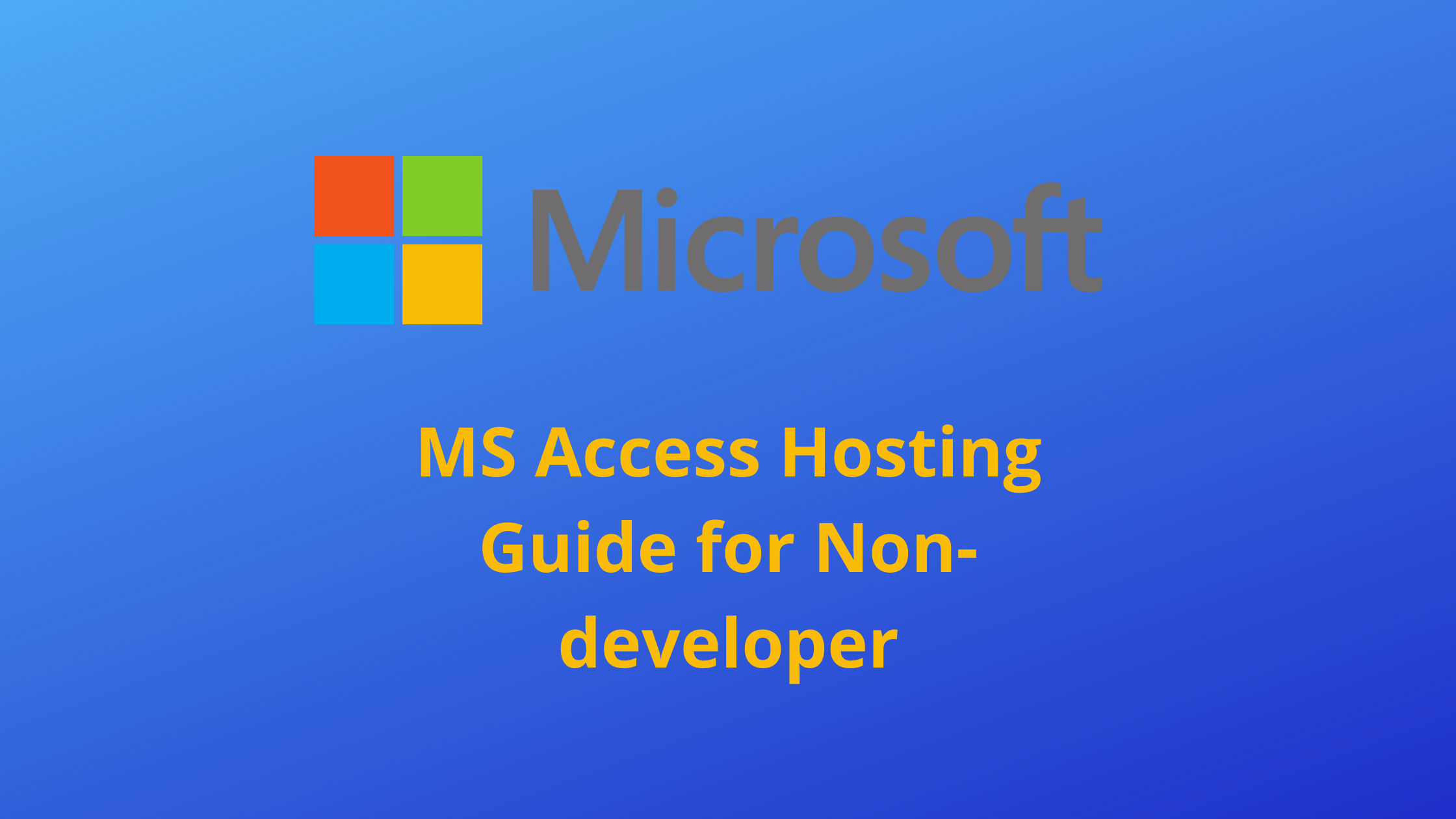In recent years, the ascent of blockchain technology has been nothing short of meteoric. Beginning with the introduction of Bitcoin, this period has witnessed the emergence of countless innovative blockchain networks. Among the multifaceted challenges the sector grapples with, interoperability stands out. It embodies the quest to empower diverse blockchain systems to interface and conduct transactions cohesively. For novices and experts alike delving into digital currencies, Bitcoin Era emerges as an intuitive conduit, simplifying transactions and demystifying the complexities inherent in blockchain. Ponder a digital environment where crucial data is anchored to its birthplace, unable to traverse across networks; this paints a vivid picture of the very obstacle that advancements in blockchain interoperability strive to dismantle. If you want to invest in the Crypto market with Enigma Edge then you can visit here, and get a whole new experience.
Understanding Bitcoin’s Isolated Nature
When Satoshi Nakamoto introduced Bitcoin in 2009, the primary focus was to create a decentralized digital currency, immune to third-party interventions. The foundational design of Bitcoin was, therefore, isolated and singular in its approach. It wasn’t designed with interoperability in mind because, at the time, there were no other chains to interoperate with. Its unique consensus mechanism and security protocols made it challenging for newer chains to achieve seamless interaction with Bitcoin without compromising its integrity.
Fusion’s DCRM (Distributed Control Rights Management) Technology: A Glimpse
As the blockchain ecosystem expanded, solutions to bridge the gap between isolated chains emerged. Enter Fusion’s DCRM technology. Fusion, a blockchain-based financial platform, aimed to bring a degree of interconnectedness to the world of blockchains. At its heart lies DCRM, a pioneering technology designed to facilitate secure and efficient cross-chain transactions.
DCRM stands out because of its innovative approach to managing private keys. Instead of a single entity holding a private key, DCRM distributes the control rights across multiple nodes. This ensures that no single entity can control or access the assets, enhancing security while allowing for cross-chain communications.
How DCRM Bridges Bitcoin with Other Chains
DCRM’s strength lies in its ability to enable Bitcoin to communicate with other chains without altering Bitcoin’s native protocol. The process begins by ensuring that private keys, the cornerstone of blockchain transactions, are safely distributed. This distribution ensures that cross-chain transactions occur without the need for intermediaries or custodians.
When a user initiates a cross-chain transaction, say from Bitcoin to Ethereum, DCRM nodes collaborate to facilitate this transaction. The nodes ensure that the transaction is valid on both chains and that assets are locked in the originating chain and released or minted in the destination chain. This process, though complex, is made seamless and secure by DCRM’s underlying mechanisms.
Benefits of Interoperable Chains
Blockchain interoperability offers a myriad of benefits:
However, achieving true interoperability is not without its challenges:
Case Studies: Successful Use Cases of DCRM Technology
Numerous initiatives have effectively implemented DCRM technology to enhance their blockchain capabilities. Take, for example, a decentralized exchange that harnessed the power of DCRM to facilitate direct cross-chain exchanges, allowing individuals to seamlessly swap Bitcoin for tokens native to the Ethereum platform. In another innovative application, a project incorporated DCRM to use Bitcoin as collateral within a decentralized lending platform operating on the Ethereum blockchain. Such practical applications highlight the transformative impact of DCRM in fostering connectivity and interaction among diverse blockchain networks.
Future of Interoperable Chains and DCRM’s Role
As the landscape of blockchain technology evolves and matures, the need for seamless integration and communication between different blockchains — termed as interoperability — will intensify. Technologies such as DCRM, which prioritize both security and operational efficiency, are poised to be instrumental in molding the trajectory of this interconnected blockchain future. This vision anticipates a cohesive digital environment where various blockchains, irrespective of their distinct foundational protocols, collaborate cohesively, unlocking unparalleled benefits for their users.

